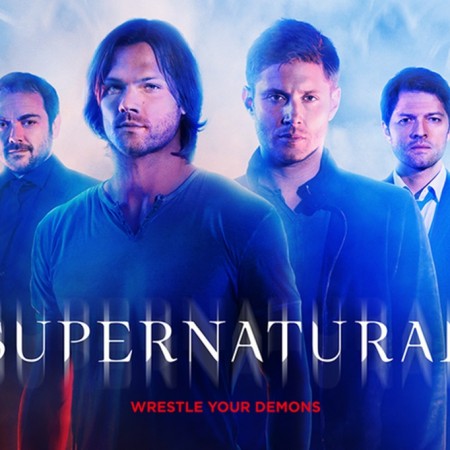5 Ways to Avoid Becoming Boring & Trivial With Your Content
How often do you stumble across low-quality written material with no real message or meaning while surfing the net? How long does it take you to dive in the pool of diverse web content to bring the most original and inspiring ideas back to the surface? The truth is that the Internet is flooded with the worst kind of writing: uninspired, thrown-together, no-originality content. We’re talking about the really boring, trivial content that could only stimulate you to shut your computer and take a nap. Boring, Trivial Content Is Your Brand’s Worst Enemy Low-value content will never support your marketing goals for a number of reasons. First of all, today’s prospects are savvier than ever and know how to differentiate thought leaders from players who share the herd mentality and have nothing new of exciting to say about their company or their products. Secondly, they have a short attention span and a zero tolerance for writing that fails to answer and address their needs, questions and demands and only makes them waste time in front of their computer screen. How do businesses entirely avoid this pitfall? How do they get creative with new stuff? 5 Ways to Kick Trivial and Boring Content Ideas to the Curb If you’re striving to find the simplest answers to the questions I just asked, keep reading. I’m listing the 5 easiest ways to replace unremarkable concepts with written gems that will boost your readers’ interest and loyalty. Write with Your Audience in Mind. The truth is that you don’t have to waste all your time trying to craft content pieces that are loaded with bells and whistles. Sometimes, the more you try to adorn your writing, the more you lose your focus and get farther away from the real substance of the message that you’re trying to convey. Therefore, as Hubspot points out, even when you’re working on educational content, you can upgrade your copy by making it respond to the questions and concerns of your audience. For instance, let’s assume that your services have been contracted by a company selling automotive supplies. By answering a very mundane question related to a popular topic, such as vehicle maintenance for example, you would actually be creating high-value content that would be assimilated with great interest by your targeted audience. Let Social Networking Websites Be Your Guide. When it comes to crafting interesting content, social media platforms are your number one ally and one of the most amazing sources of inspiration that you could ever ask for. Just think about it: social networking websites represent the natural habitat of thought leaders and influencers who are constantly recruiting faithful virtual ambassadors. This is the place where companies go from small and obscure to big and successful in record time. Need another reason to poke around Twitter, Facebook, Google+ and LinkedIn? In this case, think about the fact that these websites are the major platforms where quality, relevant and original content can instantly become a viral sensation. Some of the freshest stories shared through these channels can inspire your writing and help you stay far away from boring, trivial content. Use the Best Tools to Get Inspired. Sometimes, the most trivial concepts are born out of excessive boredom, apathy and a dangerous lack of inspiration and motivation. What can you do when you’ve struggling to overcome a case of writer’s block? Should you still be praying for inspiration after your fifth cup of coffee? Here’s a simpler alternative that can help you put pen to paper and let those clever words flow smoothly: use a wide range of free and almost free online tools designed to inspire your new content pieces. Content Marketing Institute has recently published a long list of such aids that can take your writing to a whole new level. Options such as Ahrefs Content Explorer tool, Topsy, Hubspot Blog Topic Generator or Ubersuggest are the best choices that you should explore to come up with exciting topics for your blog and avoid uninspiring ideas that could only make your readers yawn or raise an eyebrow while bouncing off your page. Plan Ahead. Last minute decisions and successful content creation shouldn’t be a part of the same sentence for a very simple and logical reason: as a goal-oriented small business owner, you should know how, when and how often you should satisfy your readers’ cravings for premium content. In other words, proper planning and a smart, well-balanced editorial calendar are everyday essentials that can tighten the bond with your audience, while also optimizing your content flow. These two key elements will also help you avoid the tension, confusion and sense of powerlessness that could make you resort to cheap, yawn-inspiring content, which you may be tempted to use as time-fillers to give your audience something to chew on while you’re working on a new recipe for content success. There are several prominent content strategy tools, such as keyword research for example, that could offer you the expert insight you may require to start and follow a detailed editorial calendar that would ultimately enable you to achieve a rich online presence and a deeper connection with your content-hungry audience. Don’t forget that brainstorming with new staff members could offer you the finest food for thought that you could ever dream about adding to your content menu. Ask your client manager to attend these sessions to find out what kind of topics they would like to add to your editorial calendar. After dealing with clients all day, client managers are the team members who usually come up with the most spectacular content ideas that have what it takes to please and stimulate writers, readers and clients at the same time. At the end of the day, it becomes obvious that good old teamwork will never go out of fashion, especially when it comes to organizing brainstorming sessions revolving around creative concepts that can be rewritten and reinterpreted in countless ways. Employ Expert Writers. At some point, … Read more









